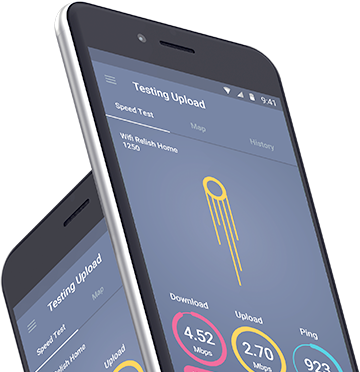In our regional analysis, we compared Australia's five largest cities in our five primary metrics. There were quite a few surprises as local results didn't necessarily mirror national results. In 4G Availability, Optus wasn't the undisputed winner in 4G Availability in any of the five cities, drawing with Telstra or Vodafone for our awards. Typically operators focus their network investments in urban areas, and we definitely see evidence of that here, resulting in much more parity in our results. 4G Availability scores were exceptional in these markets, exceeding 94% in a few cases.
In Video Experience, Telstra dominated our awards in every city except Perth, improving on its national Video Experience scores in every case. In Latency Experience our two national winners traded awards in the five cities.
In our speed metrics, though, Telstra replicated its sizable leads in both Download and Upload Speed Experience in nearly every city. What was surprising was the magnitude of many of the scores we recorded in Download Speed Experience. In Adelaide, Telstra's Download Speed Experience exceeded 60 Mbps, while it was greater than 50 Mbps in Brisbane and Perth.
Select any region or city below to display individual breakdown



